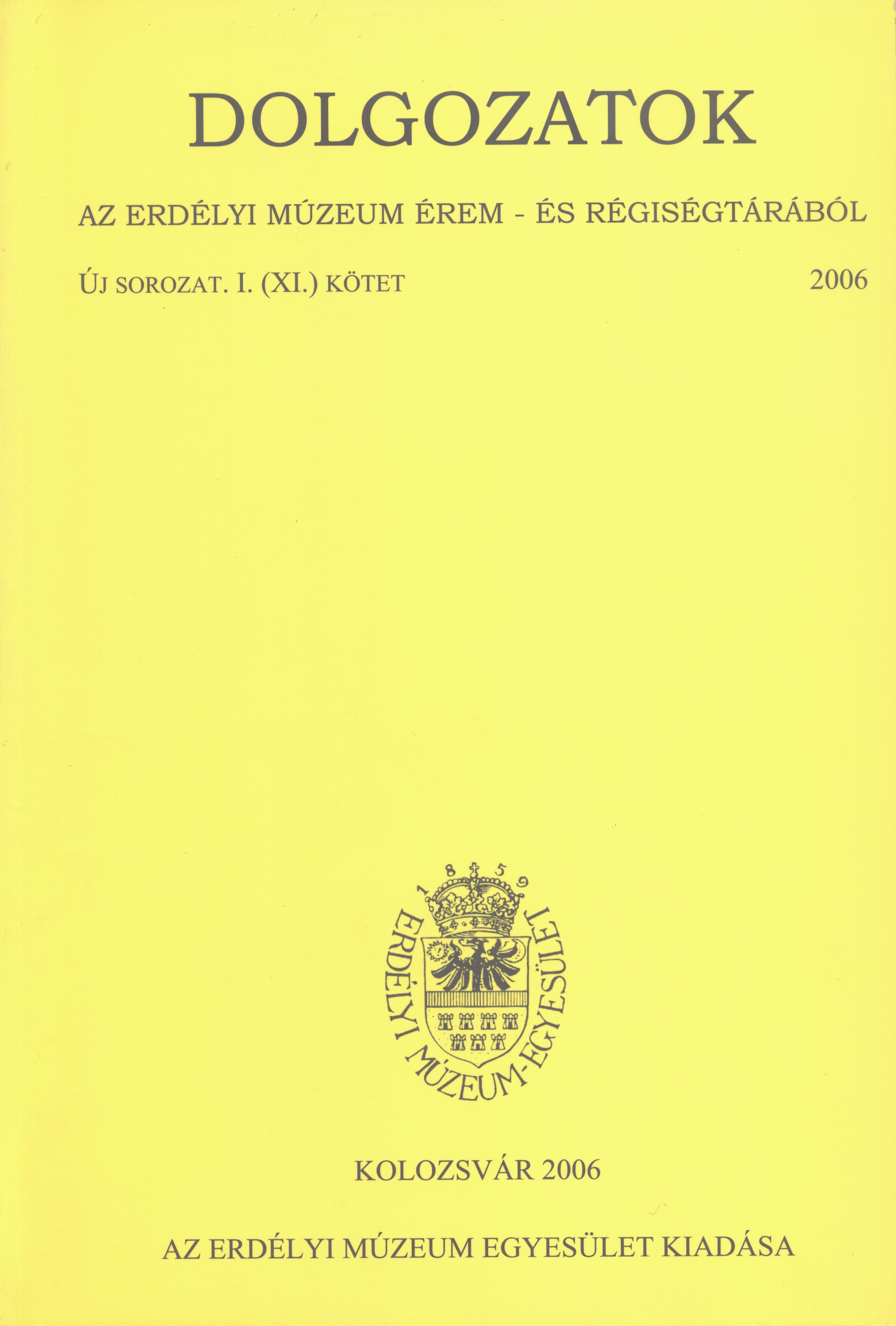Képfaragók és dekorátorok a 17. századi Erdélyben
Image Carvers and Ornamentists in Transylvania in the 17th Century
Author(s): András KovácsSubject(s): Cultural history, Architecture, Diplomatic history, 16th Century, 17th Century
Published by: Erdélyi Múzeum-Egyesület
Keywords: stucco carvers; carpenters; sculptors; Gabriel Bethlen; ornamental-style; flowery Renaiisance; Transylvanian renaissance architecture
Summary/Abstract: The present study tries to outline the stylistic effects that marked the art in Transylvania in the 17th century, starting from the ornamental style that characterized the buildings of Prince Gabriel Bethlen (1613-1629). Hereby are bestowed the works of foreign sculptors, stucco carvers, carpenters either from the Hungarian Kingdom, or from the German Empire, that came to Transylvania in a great number during Bethlen's rule. Besides the stucco composition known since 1974 that survived in the princely palace in Oradea and a few strap-work carvings, the present paper presents the so far absolutely unknown stucco vaulting from the princely residence in Alba Iulia as well, which was made between 1623 and 1625. The stone pulpit of the Calvinist church of Cluj was made in 1646 at the order of Prince George Rákóczi the Ist, the successor of Gabriel Bethlen. In reference to this pulpit J. Balogh created a concept regarding an independent „Hungarian-like" ornamental style, the so-called „flowery Renaissance". Counter to her opinion, the pulpit is the work of Elias Nicolai (around 1600 - around 1660), a Viennese sculptor, who arrived to Transylvania during Gabriel Bethlen's rule, and settled down in Sibiu. Elias Nicolai collaborated with Hannes Lew Rechner alias Régeni Asztalos János (1622-1702), a Saxon prentice from Cluj, who carved the alabaster tiles of the parapet. The crowning of the pulpit was made by a carpenter of Polish origin (probably from Stanislav, Ukraine) working in the Prince's service, while the paintwork was made by two painters from Cluj. Analysing Hannes Lew Rechner's surviving drawings it emerges that the patterns that played the major role in his professional preparation in the 1640s were still those originating in the work of Georg Hoefnagel (1542-1600) and that of Gabriel Kramer (died around 1608). These patterns were very much present in the Central Europe on the artistic products of Emperor Rudolph the IInd. This poor, conservative inspiration, based mostly on engravings, marks the art of the more and more isolating protestant principality in the decades following 1660.
Journal: Dolgozatok az Erdélyi Múzeum Érem- és Régiségtárából. Új sorozat
- Issue Year: 2006
- Issue No: I
- Page Range: 163-178
- Page Count: 16
- Language: Hungarian

